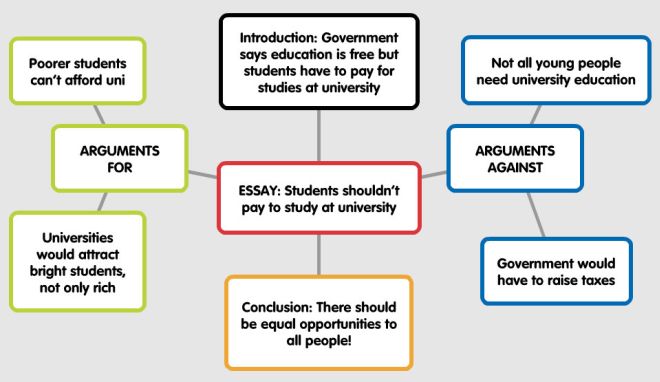
Visual representations in primary research publications are used routinely to present new hypotheses, and many of these visual representations eventually develop into abstract visual models presented to students as illustrations in textbooks. Visual representations are ubiquitous in science as a tool for teaching, understanding, communicating, and developing ideas ( Van Meter and Garner, 2005 Quillin and Thomas, 2015). This brief, low-cost intervention resulted in enduring changes in study behavior. For a small subset of participants, MSFL had become a preferred study method, and 70% of participants reported continued use of MSFL. Eight months after beginning the intervention, participants had shifted self-reported use of drawing from 2% to 20% of study time.

In the intervention, students studying using MSFL and VR had ∼50–80% greater recall of content studied with MSFL and, in a subset of trials, better performance on problem-solving tasks on biology content. In two preliminary ex situ experiments, students had greater recall on the simple learning task, non-European alphabets with associated phonetic sounds, using MSFL in comparison with a preferred method, visual review (VR). We designed a nonclassroom intervention that instructed introductory biology college students in a drawing method, minute sketches in folded lists (MSFL), and allowed them to self-assess their recall and problem solving, first in a simple recall task involving non-European alphabets and later using unfamiliar biology content.

Drawing by learners can be an effective way to develop memory and generate visual models for higher-order skills in biology, but students are often reluctant to adopt drawing as a study method.


 0 kommentar(er)
0 kommentar(er)
